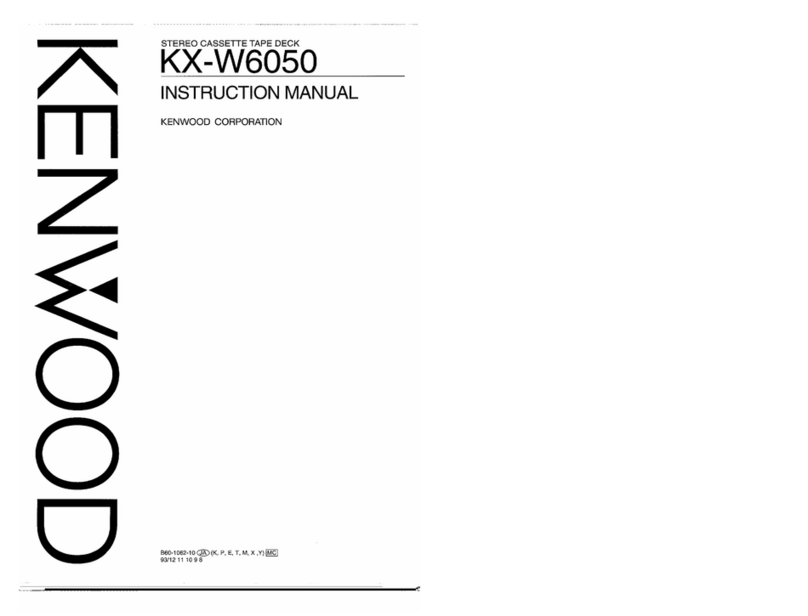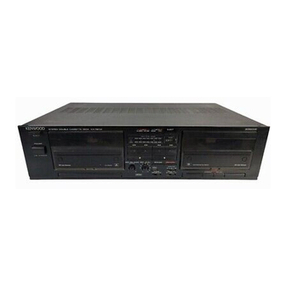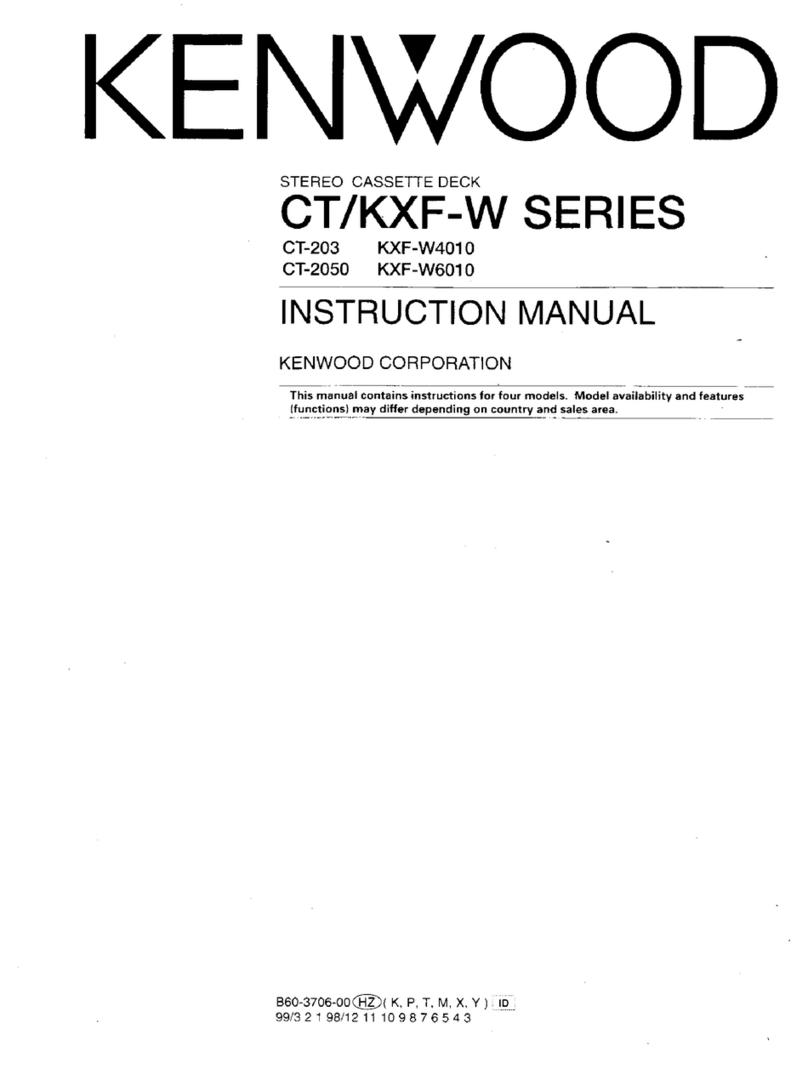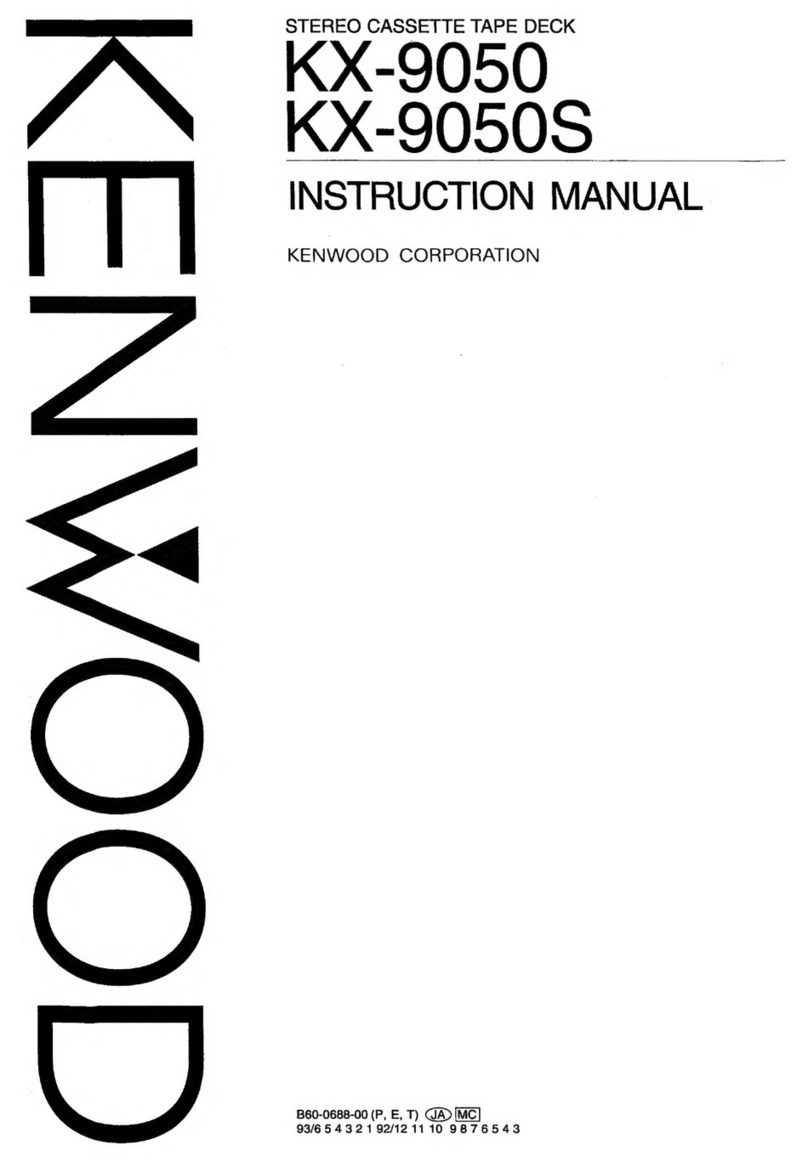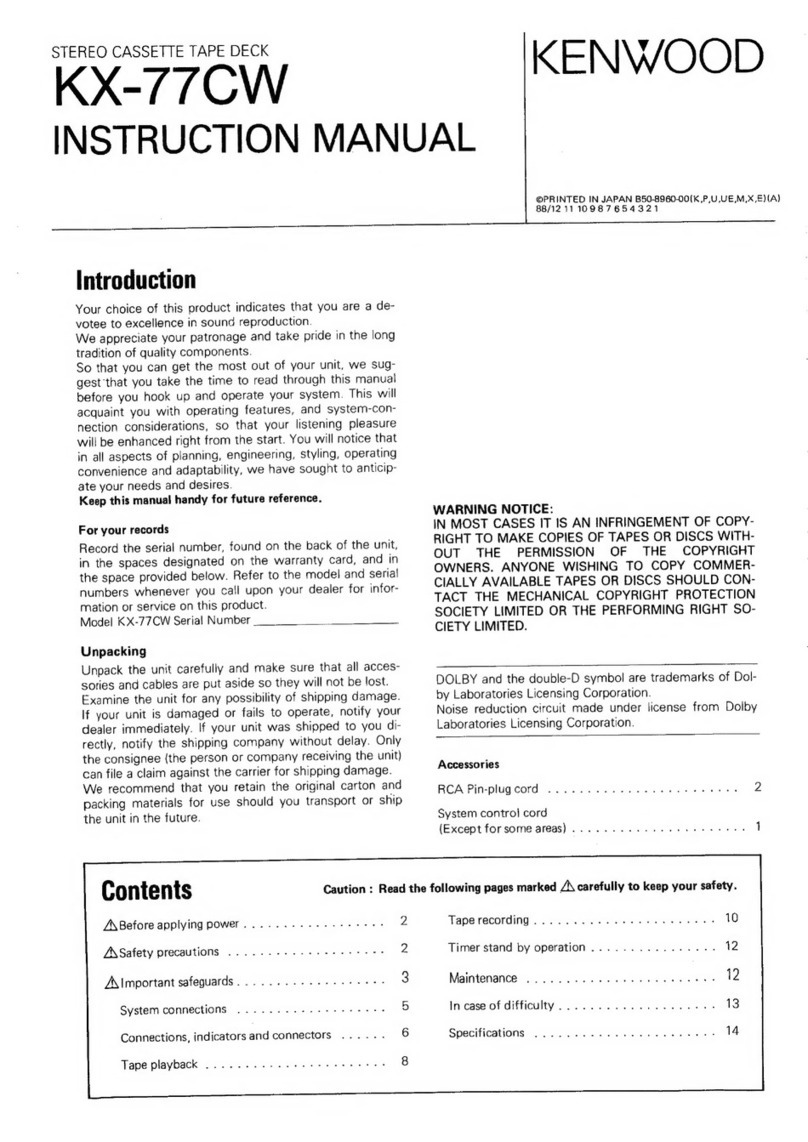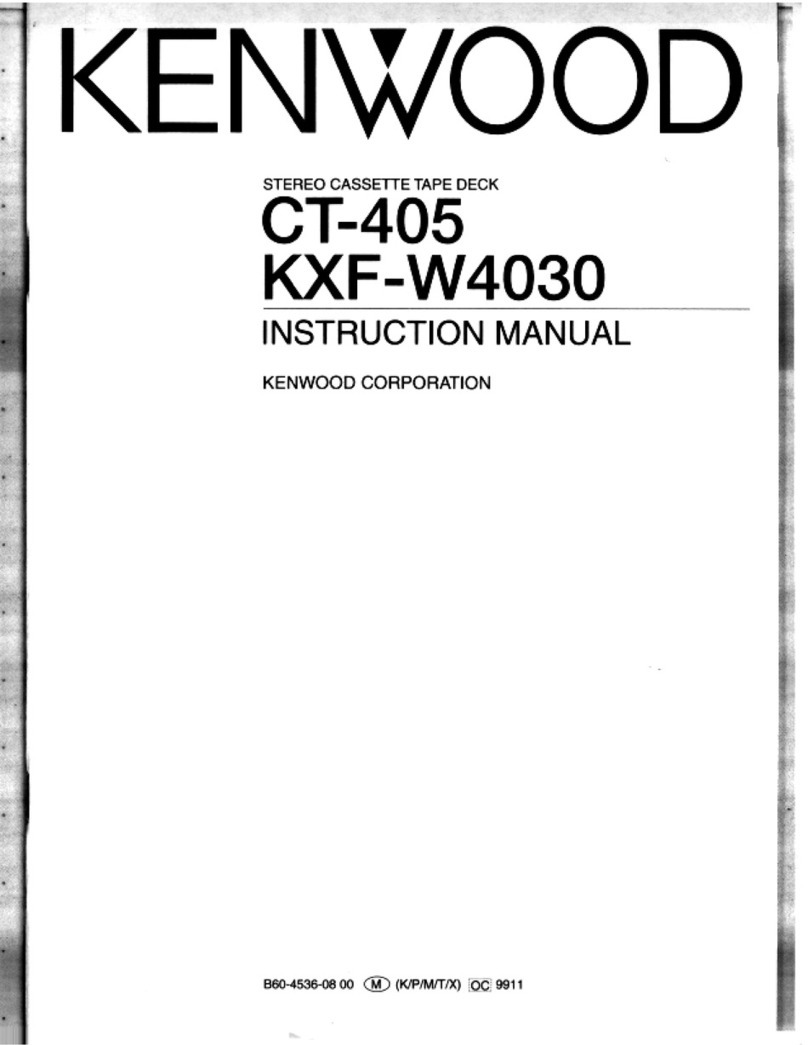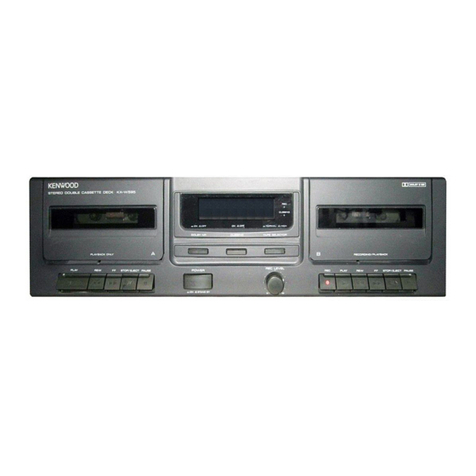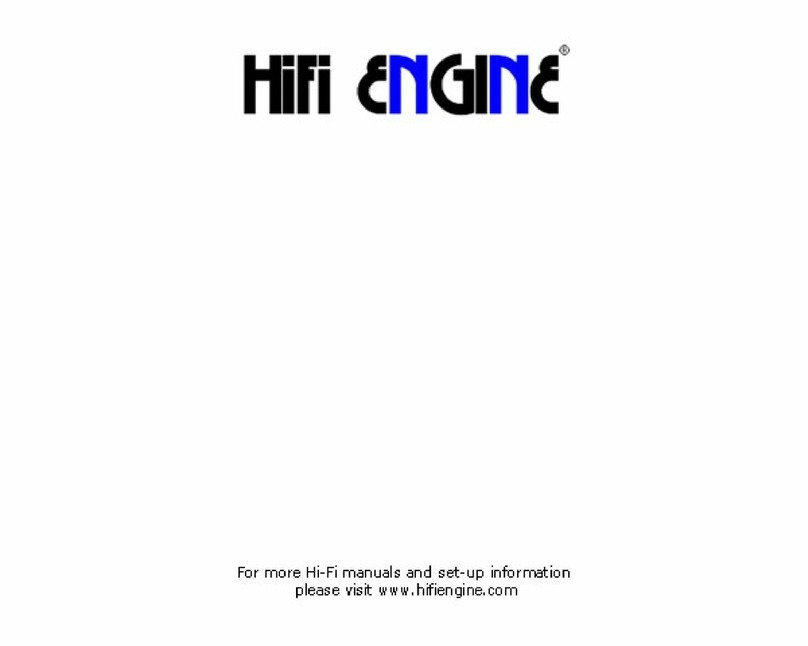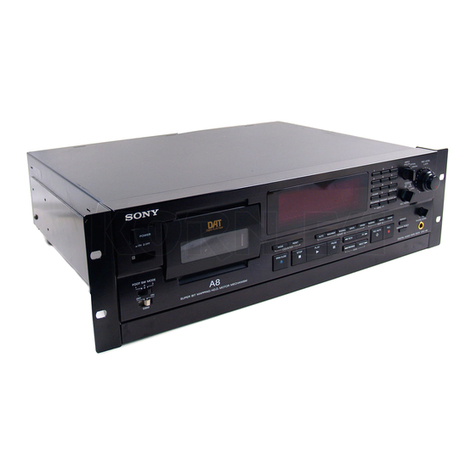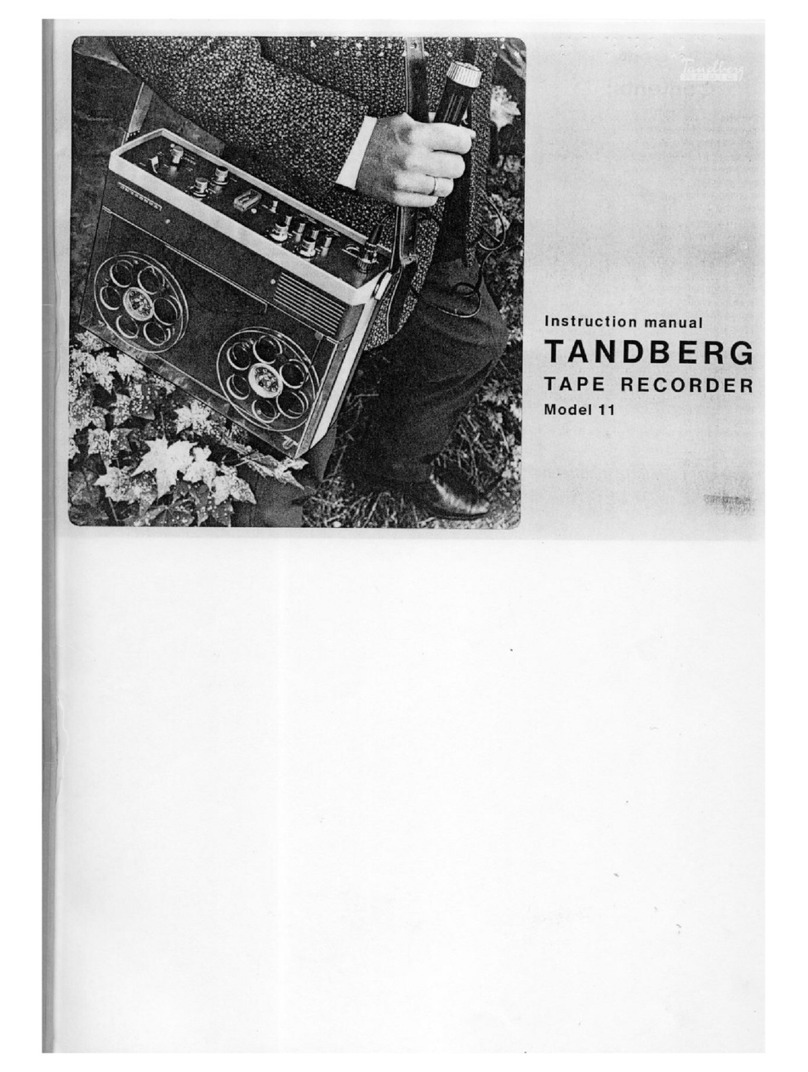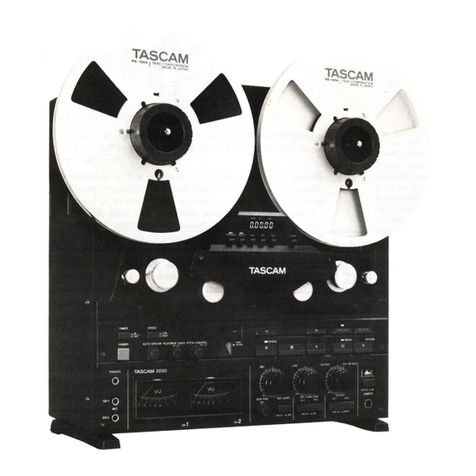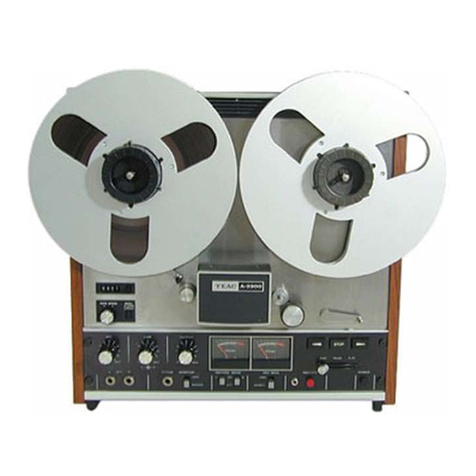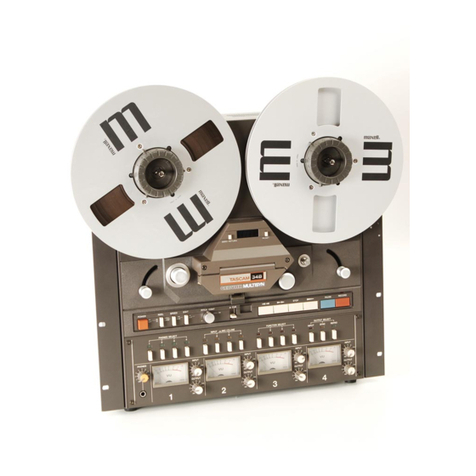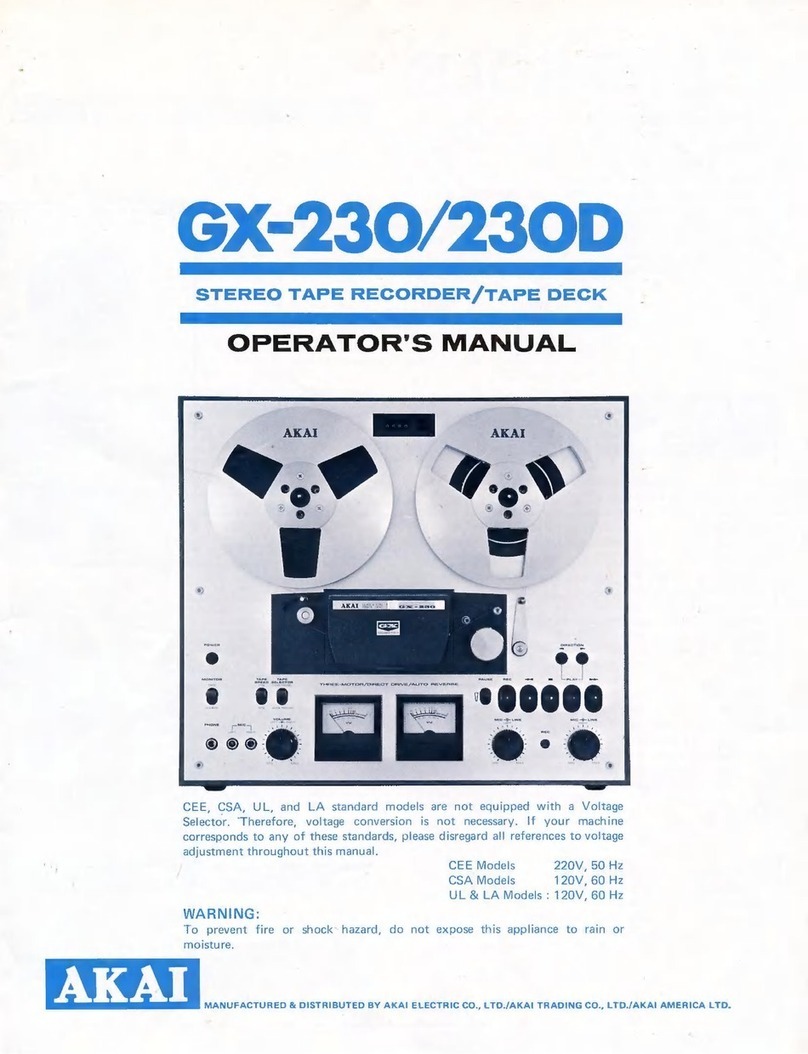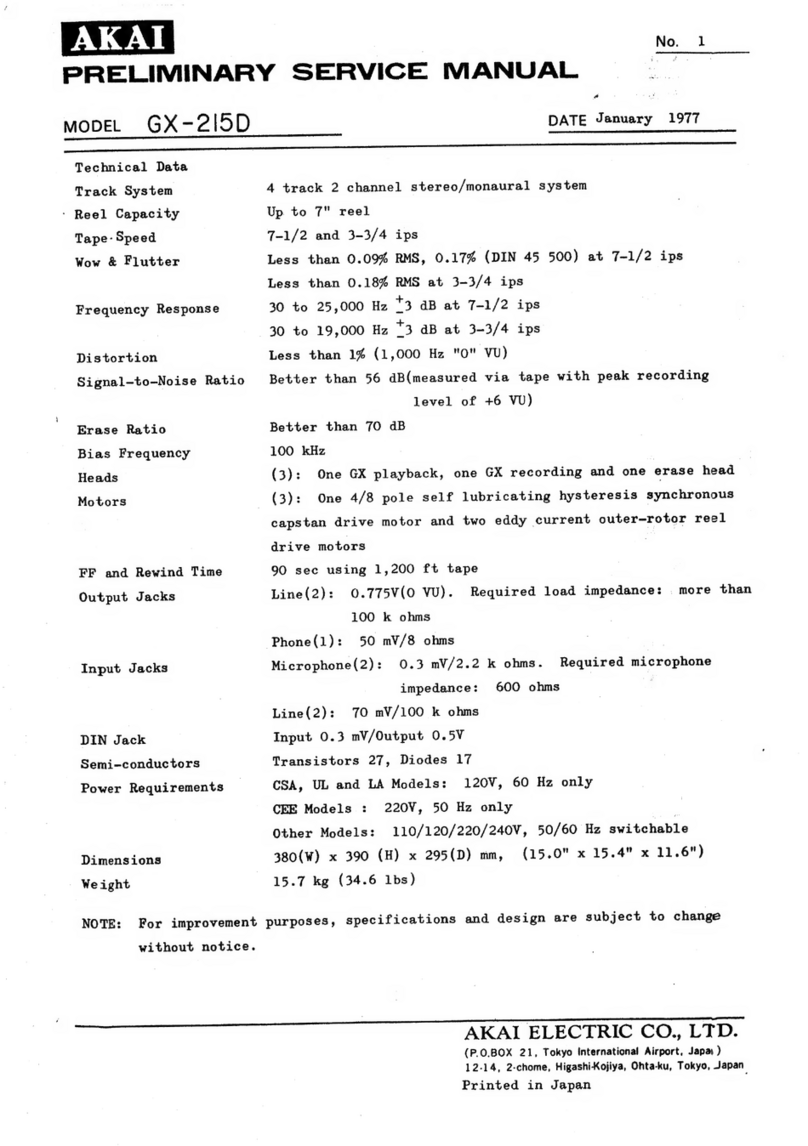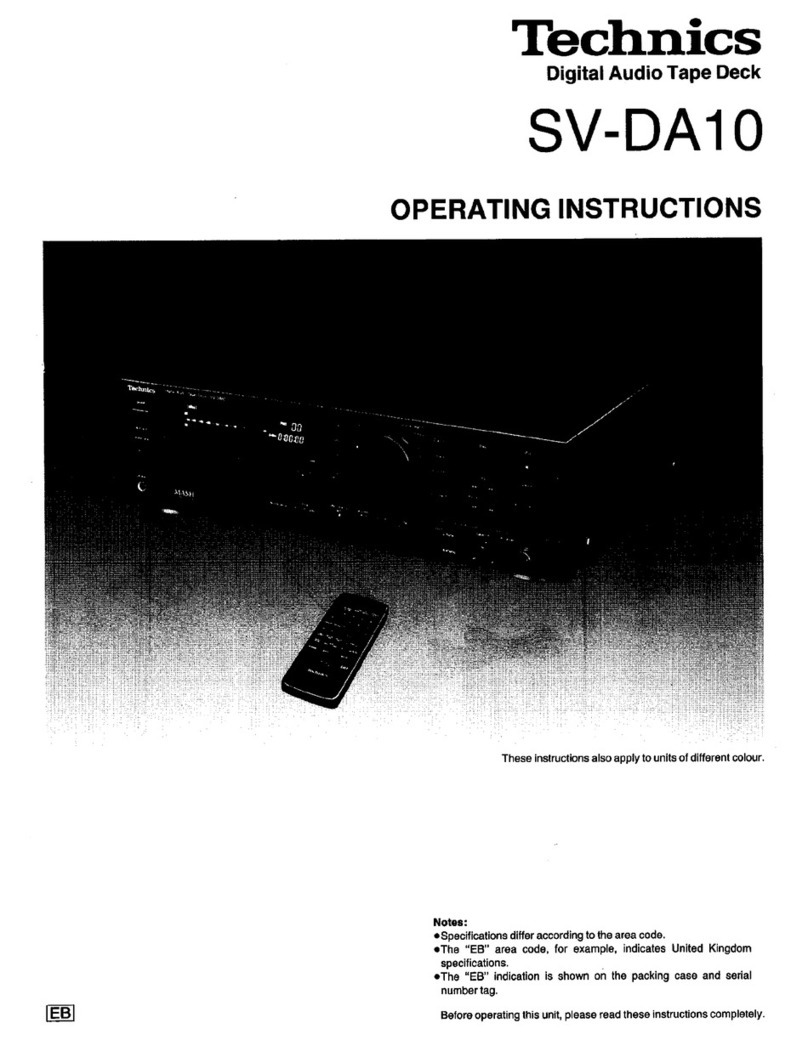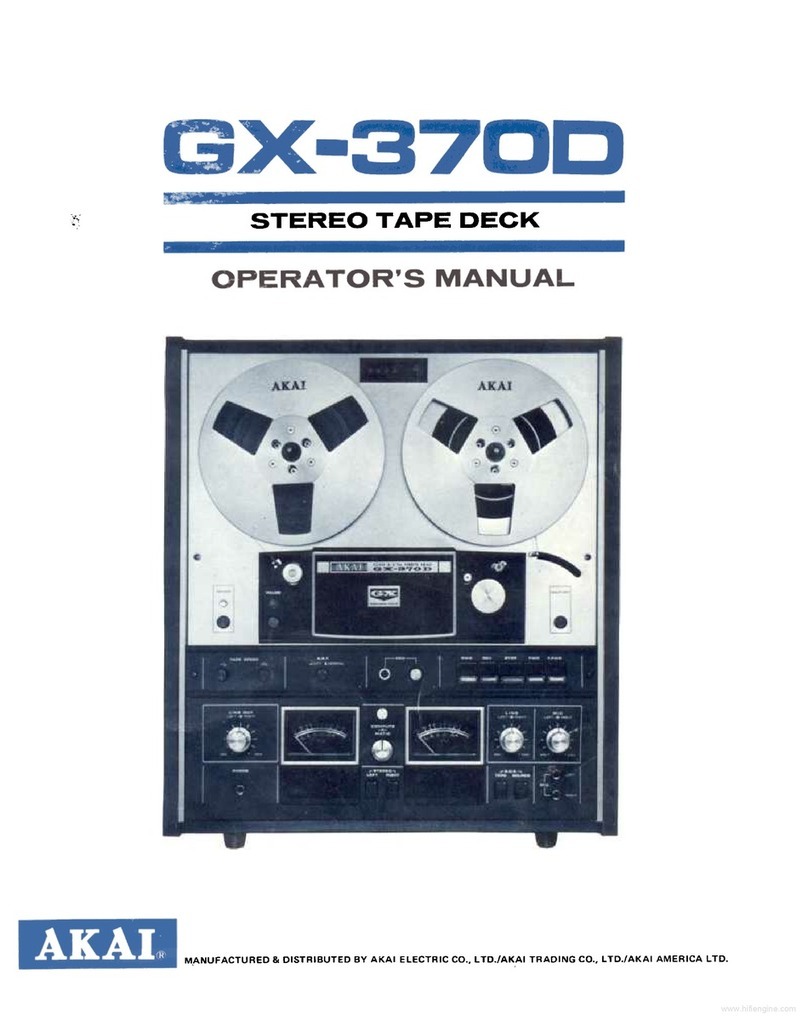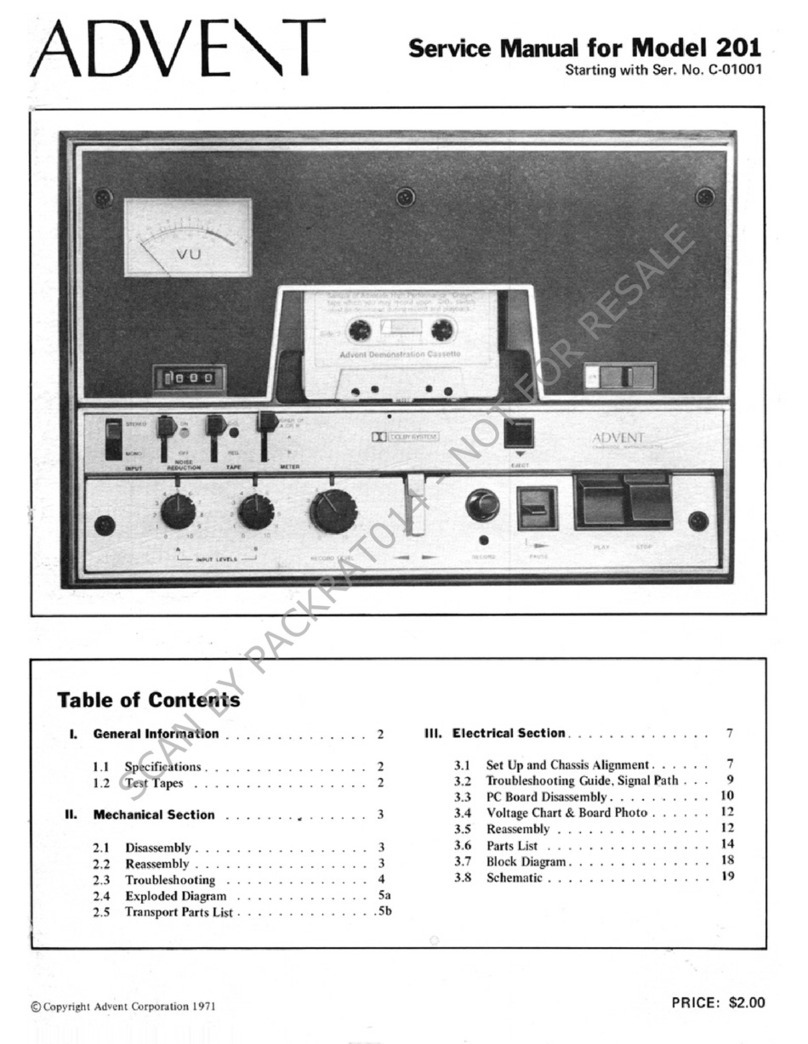
Introduction
Your
choice
of
this
product
indicates
that
you
are
a
devotee
to
excellence
in
sound
reproduction.
We
appreciate
your
patronage
and
take
pride
in
the
long
tradi-
tion
of
quality
components
that
our
company
represents.
So
that
you
can
get
the
most
out
of
your
unit,
we
suggest
that
you
take
the
time
to
read
through
this
manual
before
you
hook
up
and
operate
your
system.
This
will
acquaint
you
with
oper-
ating
features
and
system-connection
considerations
so
that
your
listening
pleasure
will
be
enhanced
right
from
the
start.
You
will
notice
that
in
all
aspects
of
planning,
engineering,
styling,
operating
convenience
and
adaptability
we
have
sought
to
anticipate
your
needs
and
desires.
Keep
this
manual
handy
for
future
reference.
For
your
records
Record
the
serial
number,
found
on
the
back
of
the
unit,
in
the
spaces
designated
on
the
warranty
card,
and
in
the
space
provided
below.
Refer
to
the
model
and
serial
numbers
whenever
you
call
upon
your
dealer
for
information
or
service
on
this
product.
Model
_..
SC
C—~—~—SCSSrriaki'
Number
Unpacking
Unpack
the
unit
carefully
and
make
sure
that
all
accessories
are
put
aside
so
they
will
not
be
lost.
Examine
the
unit
for
any
possibility
of
shipping
damage.
If
your
unit
is
damaged
or
fails
to
operate,
notify
your
dealer
immedi-
ately.
If
your
unit
was
shipped
to
you
directly,
notify
the
ship-
ping
company
without
delay.
Only
the
consignee
(the
person
or
company
receiving
the
unit)
can
file
a
claim
against
the
car-
rier
for
shipping
damage.
We
recommend
that
you
retain
the
original
carton
and
pack-
ing
materials
for
use
should
you
transport
or
ship
the
unit
in
the
future.
WARNING
NOTICE:
IN
MOST
CASES
!IT
IS
AN
INFRINGEMENT
OF
COPYRIGHT
TO
MAKE
COPIES
OF
TAPES
OR
DISCS
WITHOUT
THE
PERMISSION
OF
THE
COPYRIGHT
OWN-
ERS.
ANYONE
WISHING
TO
COPY
COMMERCIALLY
AVAILABLE
TAPES
OR
DISCS
SHOULD
CONTACT
THE
MECHANICAL
COPYRIGHT
PROTECTION
SOCIETY
LIMITED
OR
THE
PERFORMING
RIGHTS
SOCIETY
LIMITED.
Dolby
noise
reduction
manufactured
under
license
from
Dolby
Laboratories
Licensing
Corporation.
“DOLBY’’
and
the
double-D
symbol
J]
are
trademarks
of
Dolby
Laboratories
Licensing
Corporation.
Be"
AC
plug
adaptor
x
1
(For
the
unit
with
a
European
AC
plug
in
areas
other
than
Europe.)
Accessories
Audio
cord
x
2
[Fame
Vp
System
control
cord
x
1
Contents
A
Before
applying
POWET...............cecececc
ees
ecees
ecu
eee
cues
3
AIMPORTANT
SAFEGUARDS
.........0...000...cceeeceeeeeeees
4
SysteM
CONNECTIONS
20.0.0...
ccc
ce
ce
cec
ees
eceeeaeeeceseuceees
7
Controls
and
indicators
..................c
ccc
ceeceeceee
eee
ees
8
Listening
to
cassette
tapes
..........
00...
cecccc
cece
cece
eee
eee
9
DPSS:
Ascoeti
eet
scutes
setecdelaiedele
dare
sesidebenbverteted
ebay
11
Caution:
Read
the
pages
marked
A
carefully
to
ensure
safe
operation.
Synchro
recording..............cccccceccccesseeeeesccceneeeeass
14
CCRS
(Computer-controlled
CD
Recording
System)...
16
Dubbing
operation
.........
ccc
cccecceeeeesesecceeeeaeeeues
17
Timer
stand-by
operation
...............ccecececececeeceeeeees
18
In
case
of
difficulty
.2.00.
0...
ccc
c
eee eee
econ
eae
19
SPECIICBUONS:
225204
eee
fs
eho
red
ee
tewbetoud
coe
Back
cover
2
kx-79CW
(En)

